My Fractal Metaphor
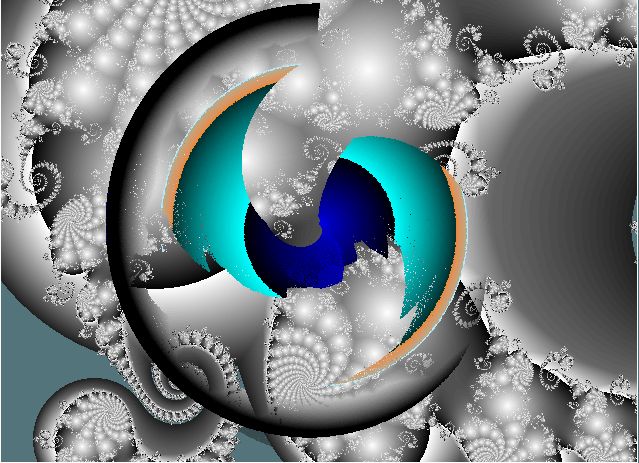  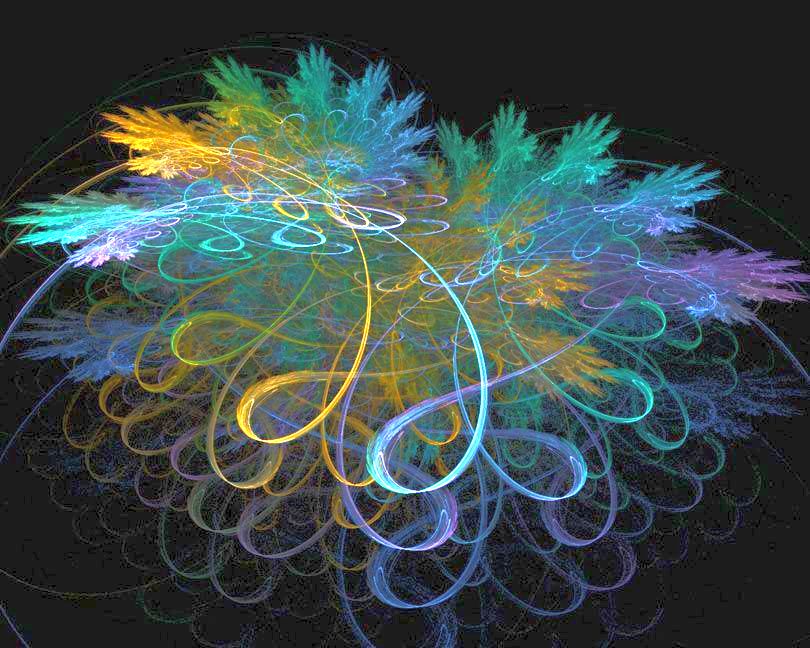  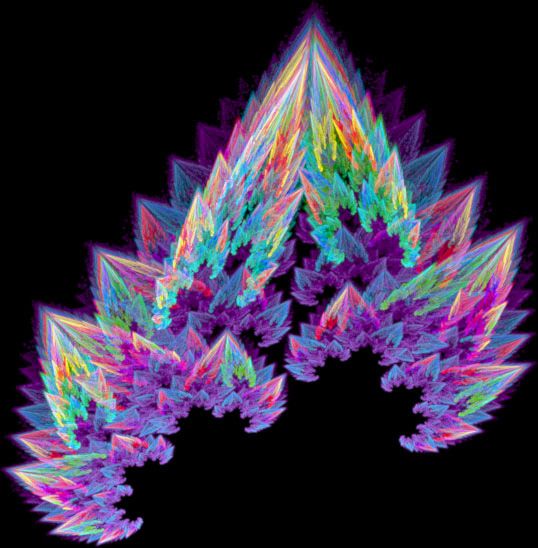 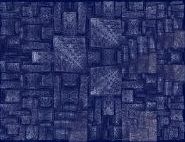 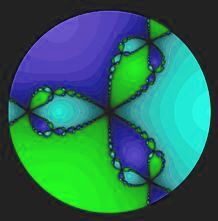  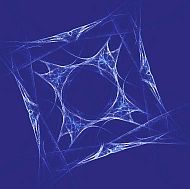 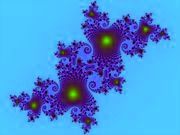 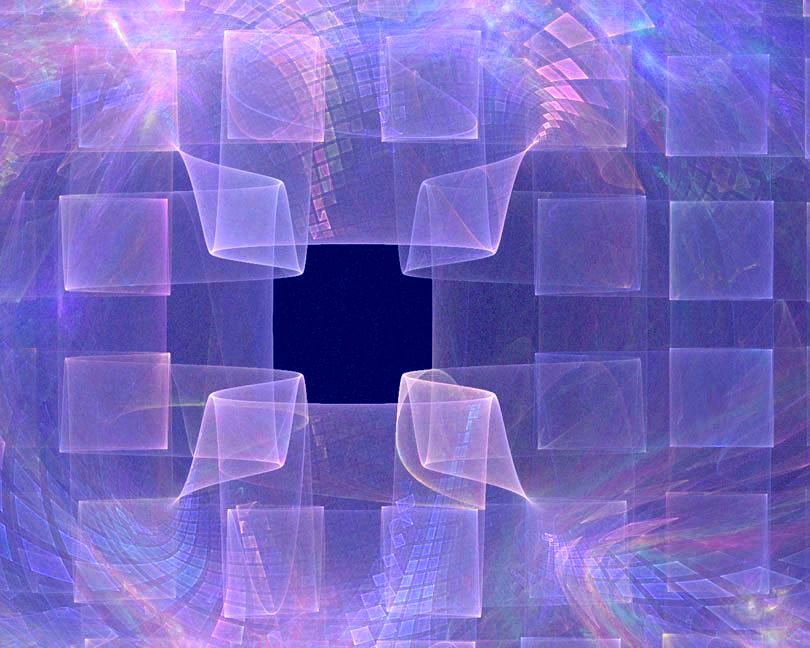
When
I was
first
introduced to the
idea of
fractals, I
found them
endlessly fascinating. The idea that a pattern could be
repeated
on progressively smaller scales inside itself left my head reeling.
Also, instead of telescoping in to see the details of the
fractal
more closely, zooming out revealed the same pattern. It
reminds
me of the painter painting a picture of himself painting a picture of
himself painting a picture of himself, etc. Then,
I
discovered three dimensional
fractals and realized that I
needed to expand my thinking. Why did I not realize that was
possible, I asked myself. Mandelbrot's fractal is not even a
regular polygon. Now, why did I not see that was possible?
Fractals
represent limitless possibilities
if I am willing to open my
eyes and see them. But, it is so much beyond that. I am
certainly
willing, actually eager, to see them ... see the fractals themselves
and see them metaphorically as my knowledge and understanding of
mathematics education expands ... it is knowing that there is
so much more out there; it is becoming aware of resources for
finding the work of other mathematicians; it is finding joy and
enlightenment in collaboration with colleagues; it is questioning why I
think a certain way and thinking about other approaches; it is like
discovering a new color; it is finding where I am supposed to be.
When
I
first chose fractals for my
metaphor, I chose it because it was
a fitting representation of my thought processes, my learning and my
expectations. I knew that there was much for me to learn;
and, the
more I learned, the more I realized how much more there was to learn.
My growth was not linear, but rather expanding like a three
dimensional fractal; but, I could not see all the twists and turns, all
the specificity of details.
In
the Fall
of 2011, my EDCI 726 class
focused on fractals.
What
a grand twist of fate for me. I learned about Sierpinski's
triangle followed by a deep analysis of Sierpinski's tetrahedron and a
cursory look at Sierpinski's square and Sierpinski's cube.
The
self similarity of the triangle and the tetrahedron led to many
explorations of surface areas, volumes, internal shapes, limits,
series, proportionality, and much more. I have been able to
use these concepts in all of the high school classes which I teach,
much to the delight of my students. One class even
constructed a level 4 tetrahedron.
My
education thusfar has been opening my eyes to so many ideas and
observations. For example, several articles which I
have
read on leadership are in consonance with
my own thinking. Why did I not write that down and get it
published. I am being exposed to possibilities and avenues
which I did not see previously. One of
the most important ideas which I have grasped is to "look."
Delving more deeply into even the simplest concepts continues
to be endlessly fascinating. My fractal metapjor represents
the
simplicity found in the seemingly complex and the complexity oudn in
the seemingly simple. There is always more to see, more to
learn,
more ways to learn, more to connections to discover. It is
that
simple; it is that complex.
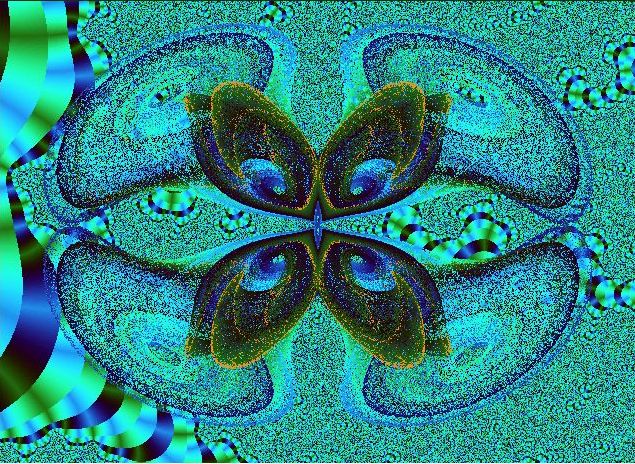 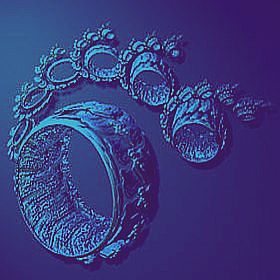 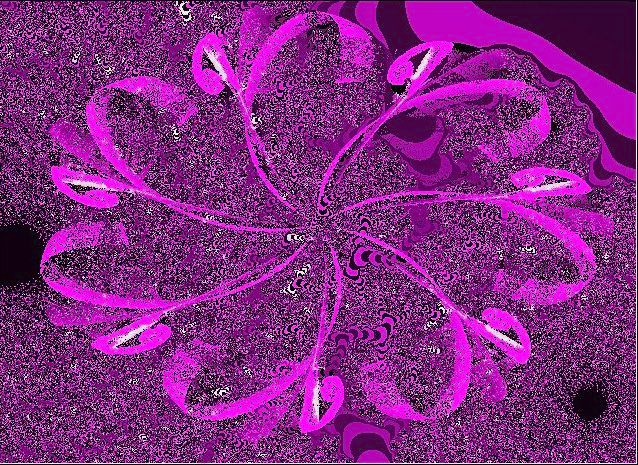 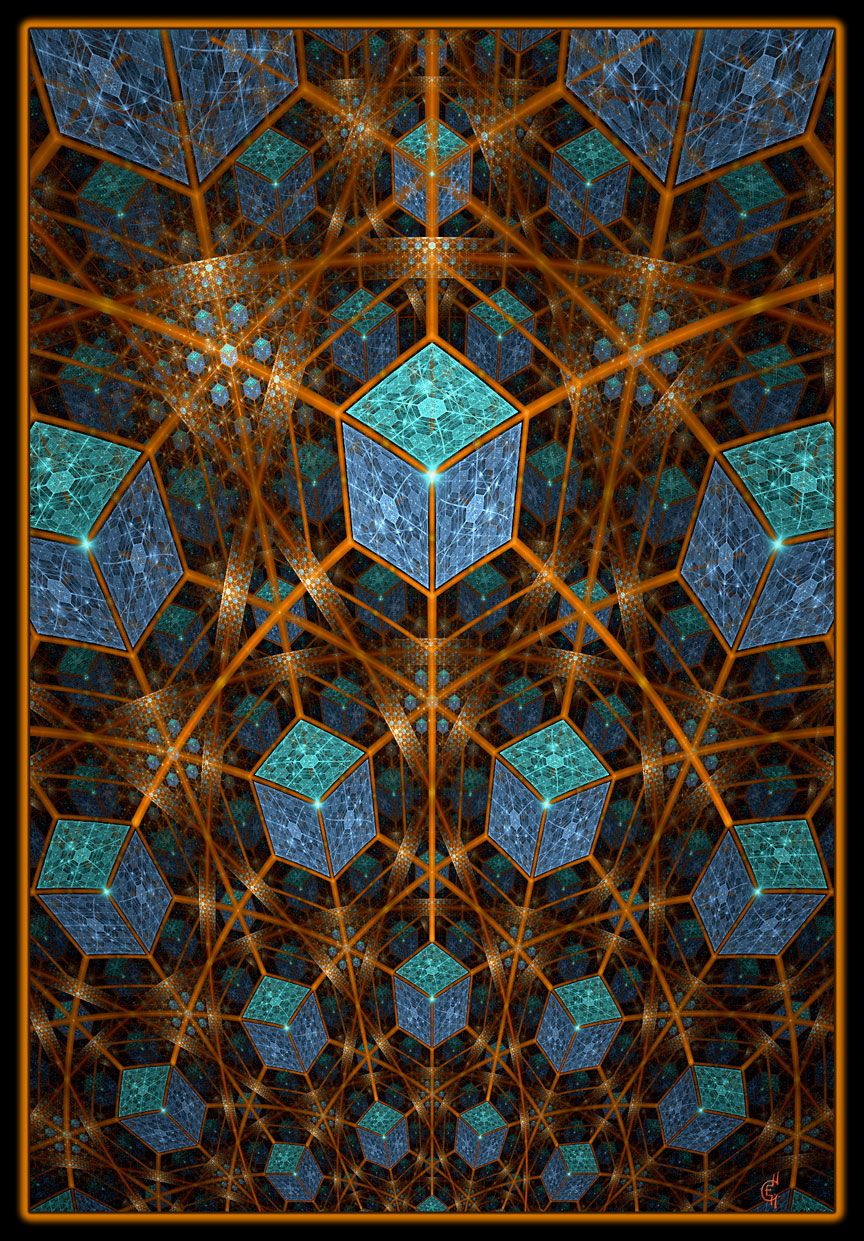 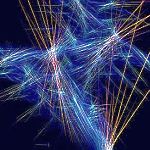   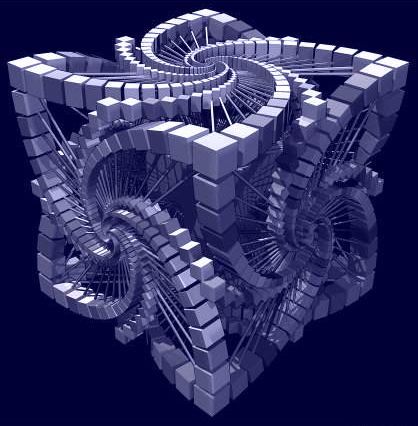 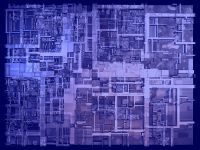 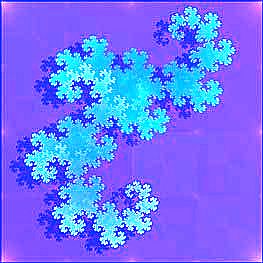 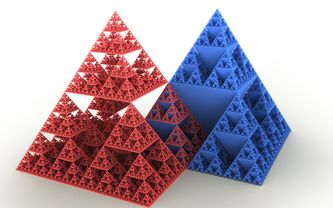
|
|
|